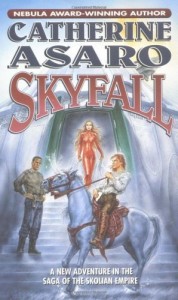
Skyfall comes first in the internal chronology of Asaro’s Skolian Empire series, but was not the first book published in it. This is the first one I’ve read, though I will eventually have to read more to catch up to Quantum Rose, which won the Nebula in 2001. (Look for it in The Nebula Project in October of 2012 if we keep up our current pace.)
I didn’t know too much about the book or the series going into it. Just that it was classified as space opera, and that there were quite a lot of books. And that it was written by a woman. So parallels to Bujold’s Vorkosigan Saga were inevitable. I liked that, so why shouldn’t I like this? And why haven’t I read any of this before?
I’m not quite sure what to make of Skyfall. On the one hand, I did enjoy parts of it, and might even enjoy it more on a second read. But mostly throughout the book, I had a feeling of… I don’t know where this is going. We start out with an important woman on her way to an important vote. And then the whole plot where I thought we were headed seems to get derailed as she ends up on this out-of-the-way planet and then.. gets kidnapped/wanders off into the mountains rather than wait for her ride home. Then it seems to be this bizarre romance story.
We start switching points of view between her and her son, and I start thinking about Dune. And what’s with all these books about men and their mothers?
Nearing the end of the book, it got really good. And by the time I finished reading it, I finally felt like I understood where all the earlier stuff had been headed and why it was there. Which is why I think I might enjoy it more on a reread. I think especially if I reread it after having read more of this series.
Because I do think, from my limited perspective at this point, that this book would’ve made more sense and been a more enjoyable read, had I had some background in this series before. So that maybe the proper way to read this series isn’t internal chronology, but by publication date.
But, I don’t know. I could be wrong. Barring memory disorders, you can’t read a series for the first time both ways and do a true comparison.
I did sneak a peek at the family tree at the back of this book. Enough to realize I did not want to look at it closely! There must definitely be spoilers in there for what comes ‘next’ (‘previously’). There’s a definite spoiler in there for this book, so I’ve warned my fellow TTers. I hope they heed the warning. I know the extras like this are more tempting for others than they are for me. I didn’t even look at the other supplemental information. Spoilers = Bad!
Will I read more of this series? Yes. But if I didn’t have Quantum Rose scheduled on my plate, I probably wouldn’t go back to this series so soon. I’m not dying to absorb all of them one after the other. To be fair though, I still have 2 Vorkosigan books I’m behind on. And I do love those. Maybe I’m just not much of a series marathoner.


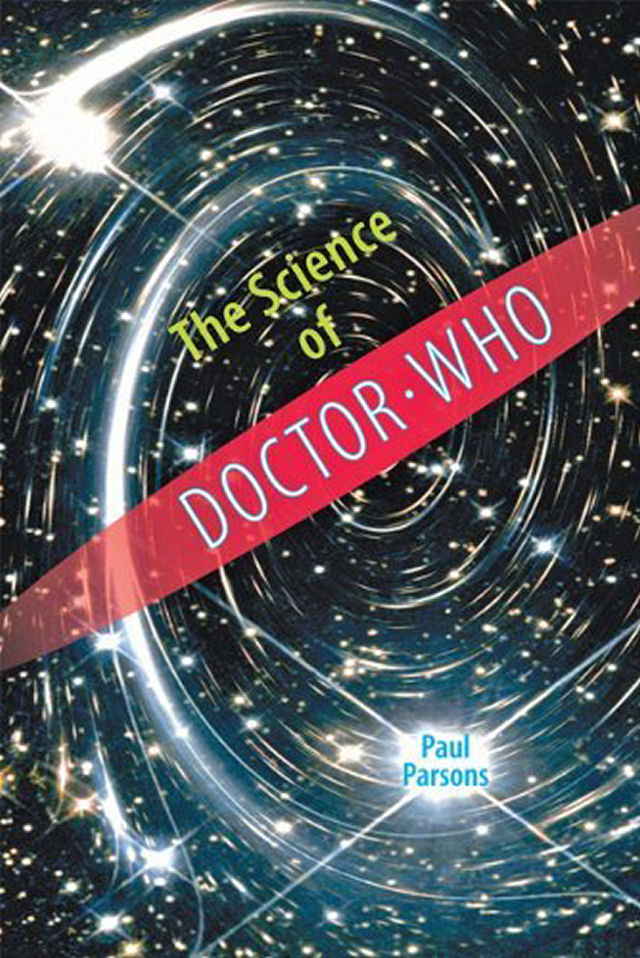
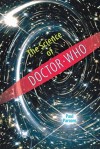 The Plot
The Plot
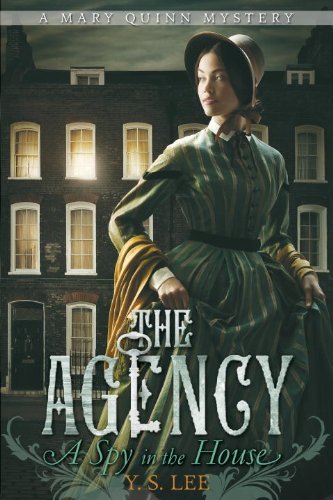
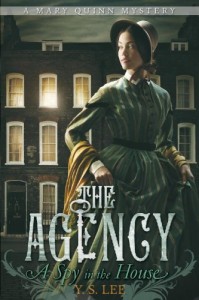
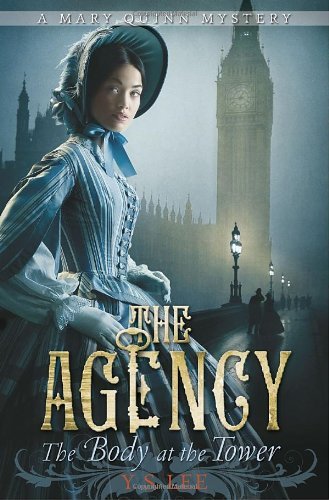
 The Plot
The Plot